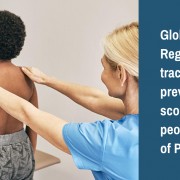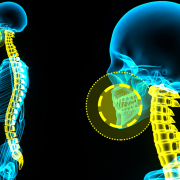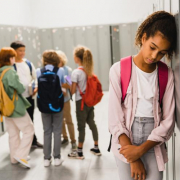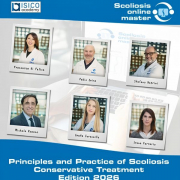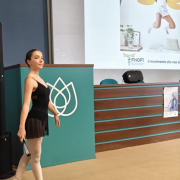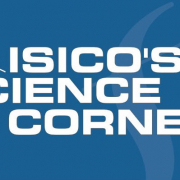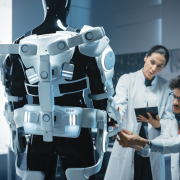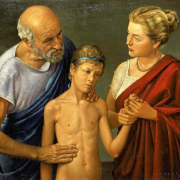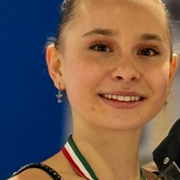During a patient’s first medical visit, the parents were concerned after taking their twelve-year-old daughter to the dentist. During the dental check-up, a problem of malocclusion and swallowing emerged. The dentist suggested that this combination of factors might have contributed to the development of scoliosis.
But is it really possible that a problem in the mouth could lead to scoliosis? Let’s clear things up.
Malocclusion is a problem of how the teeth fit together: the upper and lower teeth do not align properly. It may mean crooked or crowded teeth or a jaw that protrudes or recedes. Sometimes it can affect chewing, the posture of the neck, or cause discomfort such as cervical pain.
Scoliosis. The majority of scoliosis cases in young people (around 80%) are defined as idiopathic, meaning without an identifiable cause. Despite decades of research, we still do not have a clear understanding of its origin.
What we do know, however, is that idiopathic scoliosis tends to appear in individuals with a genetic predisposition: it is often found to run in families. It is not a condition caused by bad habits, poor posture, injuries, or factors such as malocclusion.
It is important to stress this point to avoid attributing unnecessary blame or choosing therapeutic approaches that are not supported by scientific evidence.
At present, according to the data available, we know that malocclusion can influence the posture of the head and neck. In fact, malocclusion may cause the head to tilt forward or backwards and, in some cases, may even be associated with increased cervical pain. Nevertheless, while malocclusion can directly affect head position, it does not seem to have any effect on the risk of developing scoliosis, nor on the potential worsening of spinal curvature.
The same is true the other way around: a worsening scoliosis does not seem to influence malocclusion.
In patients with scoliosis, slight asymmetries are often seen in other parts of the body, including the face: this also involves the teeth and jaw. Studies have shown that people with scoliosis are about twice as likely to present with malocclusion (Class II or crossbite).
The correlation between malocclusion and scoliosis, although without a proven causal link and still not fully understood, highlights the importance of a multidisciplinary approach. Teamwork is essential in these cases.
How? Dentists and orthodontists may be among the first to detect possible postural changes that require attention. In the same way, the rehabilitation team managing conservative treatment for scoliosis can recommend a preventive orthodontic consultation.
Working as a team makes it possible to:
• monitor both conditions during growth;
• optimise the timing and therapeutic pathways;
• avoid false expectations: not assuming that one treatment will automatically affect the other, whether positively or negatively.
How should treatment proceed?
There are no contraindications to treating scoliosis and malocclusion at the same time: both orthodontic treatment and rehabilitation based on specific exercises can run in parallel, even when a brace is being worn, without fears of negative interference. No orthodontic treatment worsens scoliosis, and vice versa.
As far as we know today, no orthodontic treatment can worsen or improve scoliosis, just as no scoliosis treatment can worsen or improve malocclusion.
Dental treatment is essential for oral health and aesthetics, while scoliosis treatment is crucial for managing and controlling the curve over time.
Even though each specialist works on a different area, and there is no definite cause-and-effect relationship between malocclusion and scoliosis, working as part of a team made up of medical specialists, physiotherapists, and psychologists ensures higher-quality care.
This allows families to receive clear, timely, and reliable answers and enables professionals to share expertise in order to optimise timing and offer a clear, comprehensive, and highly personalised care pathway, tailored to each child.

